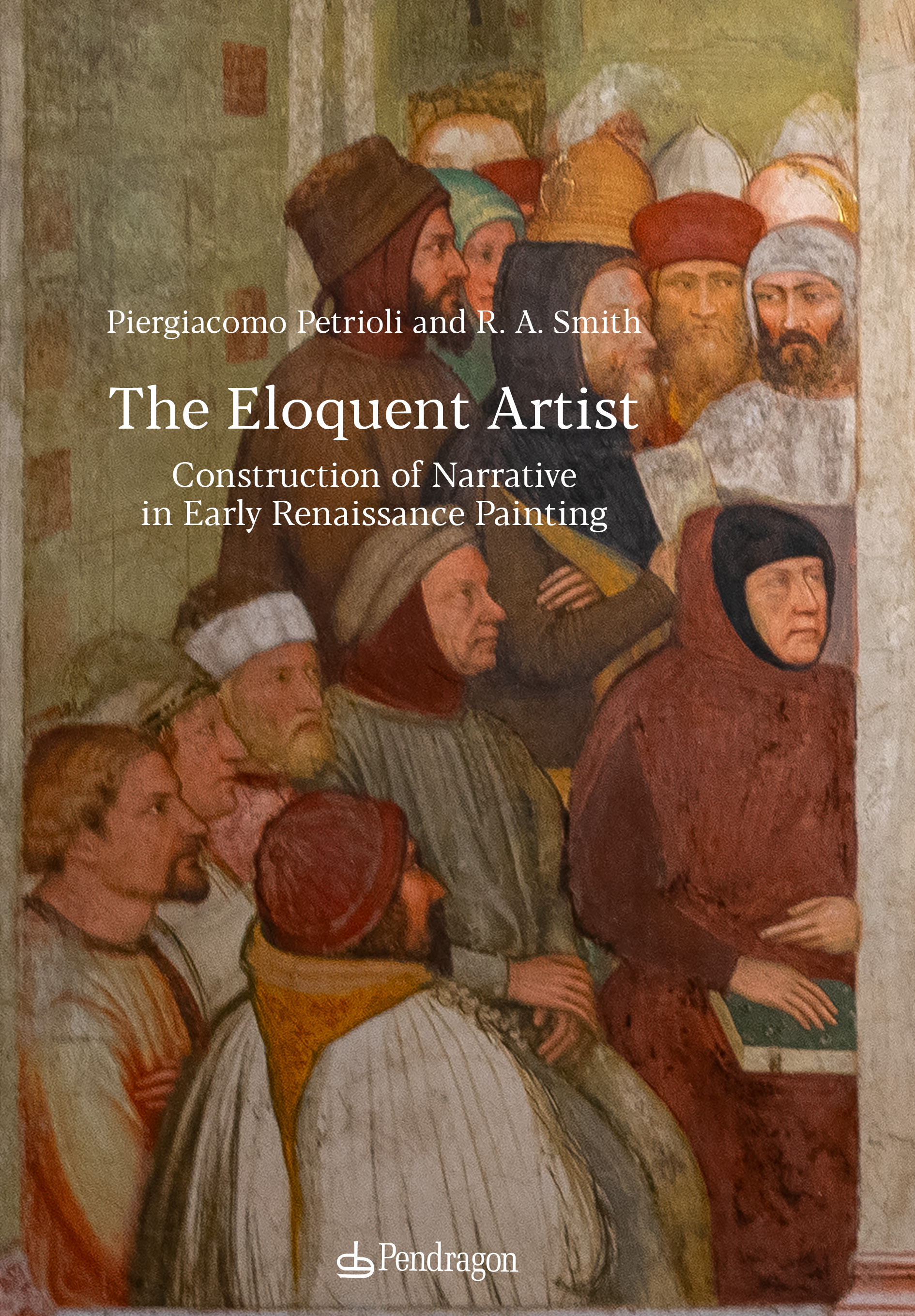
The Eloquent Artist
ISBN: 978-88-3364-713-5
Collana: Critica d'arte -
The Eloquent Artist advances the notion that by the end of the thirteenth century fresh narrative techniques inspired by ancient sources began to appear in works of art. When a young Giotto renders the story of St. Francis in the Upper Basilica in Assisi, he employs gestures and expressions for which parallels can be seen in classical literature. Yet how could an artist like Giotto have known any of these techniques? Petrioli and Smith’s assumption is that Giotto could read, as can be inferred from numerous anecdotes about his learnedness such as those preserved in the writings of Franco Sachetti, Giovanni Boccaccio, and Filippo Villani. The Chancon Giotti, too, if authentic, would support the notion that Giotto was more than a mere artisan. Giotto led the way, and in his wake followed other artists, from Simone Martini to Giusto de’ Menabuoi to Altichiero da Zevio. Padua provided an intellectual hub where much of the cultural phenomenon that fostered artists such as Giotto could germinate. At the center of that hub was Petrarch, who befriended or at least interacted with Giotto’s successors, bringing them within the Paduan intellectual milieu where they would take root and thrive. These artists would demonstrate in their painting fresh narrative techniques that had hitherto largely belonged to the provenance of literature



